Archaeological Sites Identified Off Australia’s Coast
Researchers say the discovery of more stone artifacts at an underwater location in WA’s north has confirmed its status as Australia’s deepest known ancient Aboriginal site.

In 2019, scientists from Flinders University discovered hundreds of ancient stone tools and grinding stones at the underwater site of Cape Bruguieres, off the Pilbara coast.
A second underwater site was also discovered at the nearby Flying Foam Passage, but only one artifact was found at the 8,500-year-old fresh spring.
But the recent discovery of four more ancient stone artifacts in the passage has given scientists the confidence to confirm its status as an ancient site.
Potentially ‘thousands’ of undiscovered sites
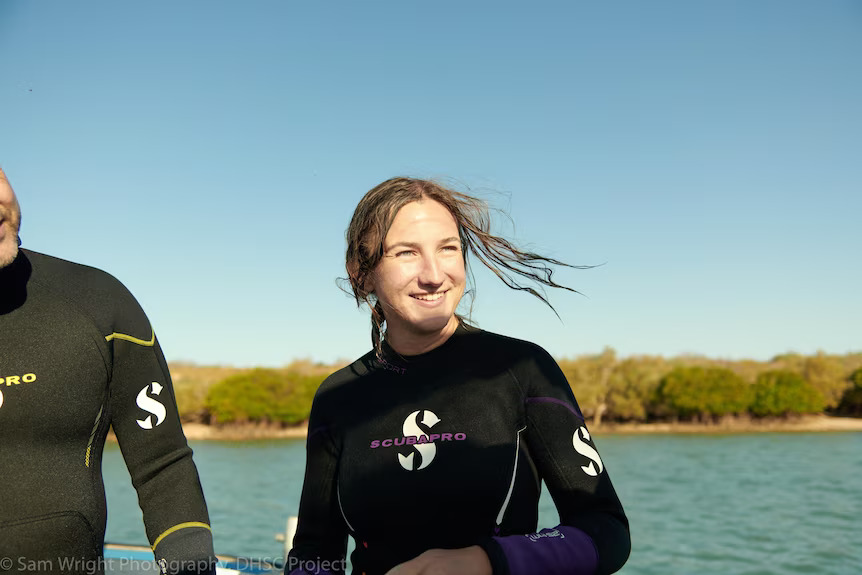
Archaeologist Chelsea Wiseman said it was a significant and rare discovery.
“It confirms that we have an archaeological site located 14 meters below the sea,” she said.
“This is evidence that people were living on a land surface that’s now underwater, so that’s really critical.”
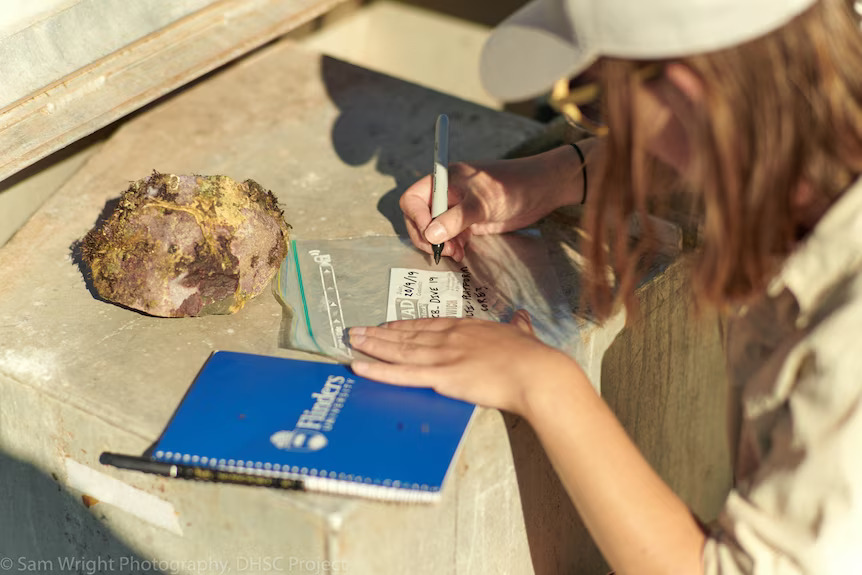
Dr. Wiseman is part of a team of scientists who have been studying the region. Their latest findings, confirming the underwater site as an ancient site, have been published in the Quaternary Science Reviews journal.
“It’s a difficult thing to locate an archaeological site underwater and it’s a bit like finding a needle in the haystack,” she said.
“But you can make a haystack a little bit smaller.
“We start with techniques to actually map the seabed, then look for features that might be culturally perspective, features in the landscape, and from there we then test this directly with divers and the divers will then investigate for potential artifacts.”
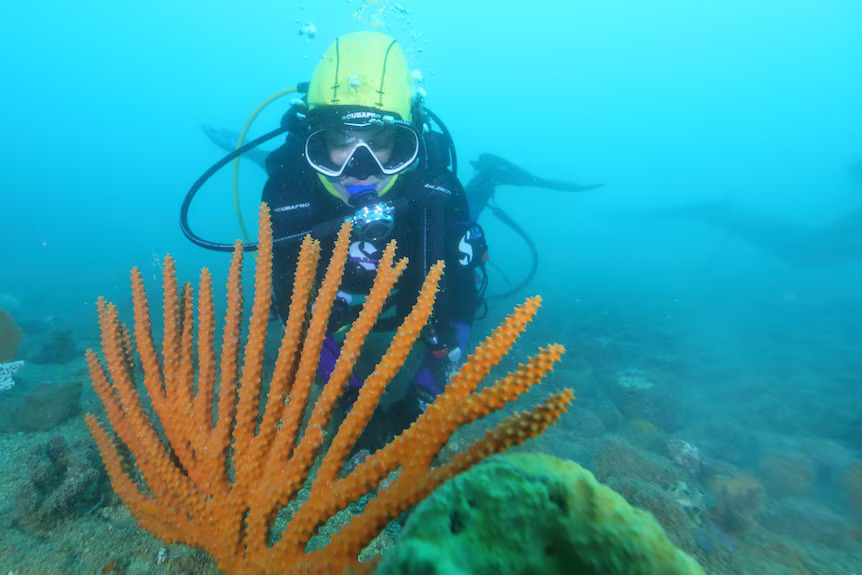
Dr. Wiseman said this was just the beginning of submerged landscape archaeology in Australia.
“I think there has the potential to be maybe even thousands of these sites located offshore,” she said.
“It’s a very exciting time in Australian archaeology. I think there’s a lot more to be discovered.”
The research paper found the artifacts were at least 9,000 years old because of how deep they were underwater.

A piece of history
Murujuga Aboriginal Corporation declined an interview, but in a pre-recorded video, corporation deputy chair Vincent Adams said the discovery went back to songlines and stories from elders.
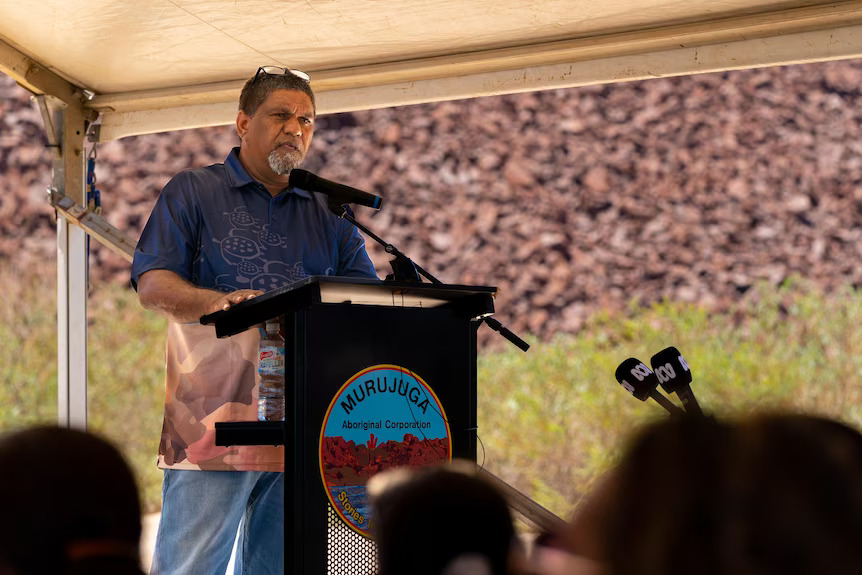
“The artifacts that we see today are similar, if not the same, as the artifacts that we discovered underwater,” he said.
“It goes to show that our culture and our connection to this country hasn’t been severed and we still got it today.”
Mr Adams said this was one of the biggest discoveries and it was only a matter of time before more sites were found across the country.
“Not only artifacts under water but the stories that have come far and wide … about how significant water was to our people off the coast,” he said.
“We still lived here and we still got the story today to tell you.”
Push for greater protection
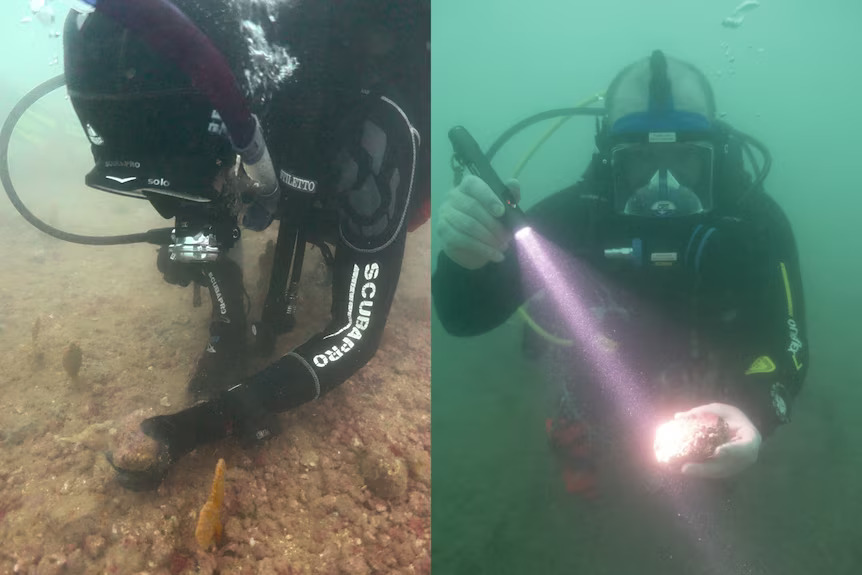
Under Australia’s Underwater Cultural Heritage Act, shipwrecks older than 75 years are granted automatic protection.
Dr. Wiseman said this law did not adequately protect ancient Indigenous sites.
“They have the potential to contribute a vast wealth of knowledge about the past, so it’s absolutely critical that these sites should be protected,” she said.
“Sites, such as the ones that we found in Murujuga, can only be protected with ministerial approval.
“The call would be to extend a more balanced level of protection to the underwater cultural heritage.”